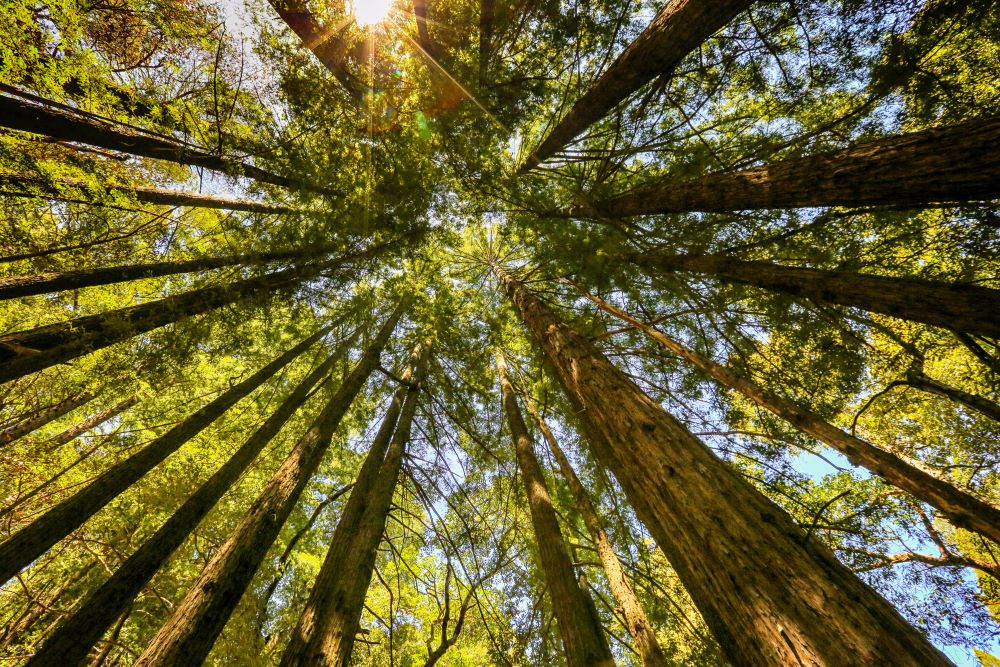When building a wall or fence with sustainability in mind, you need to consider how the wall or fence is being built and how it will act in the future. What materials are they made from? What process is followed to make them? How will the materials and methods impact the operation and use of the barrier?
Precast concrete is one of the most popular sustainable options for your wall or fence for the following reasons:
- The materials are readily available.
- The tightly controlled production process makes a product that will last longer.
- There is less production waste than other methods.
- Air quality around the is lower during installation with precast.
Resources are More Sustainable
While the process for making concrete is not the most energy-efficient, the materials to make it are readily available. Concrete is usually made from water, Portland cement, and aggregate. Portland cement is made from limestone, silica, and small amounts of chemicals. Aggregate can be any kind of gravel, sand, or rock – providing a great opportunity to recycle old concrete. The size and amount of aggregate will determine the strength of the finished concrete. Since these materials can be found locally in most areas, there is less energy consumption to ship the raw materials to the processing plant.
Tightly Controlled Production Process
The process for making precast concrete is tightly controlled and efficient. Factors like the temperature and humidity are kept at optimal levels, and this makes for a superior product that will last for many more years than other building materials. Materials that last for a long time are more sustainable – fewer resources are needed to repair or replace them. Less material is wasted due to delays or problems when concrete is produced in a factory versus at a project site.
Less Production Waste
Precast concrete is shaped using forms or molds made from either steel or wood. Both are good options for different reasons. Steel is longer lasting than wood, but sustainably harvested wood is a renewable resource. Where precast concrete has the advantage over traditional cast-in-place concrete is how long the forms can be reused. On-site concrete typically only uses the material for the forms once. After the project, they are discarded. Because precast concrete is made in a factory, manufacturers can reuse the molds and forms again and again.
During the Construction of Your Precast Wall or Fence
Precast concrete improves air quality both during and after construction. The pieces are produced in a very controlled environment where dust production is minimized. Silica dust produced during concrete construction is one of the biggest health concerns for construction workers and families in the area. Unlike other materials, precast concrete puts off no volatile organic compound.
Having a LEED-certified material is the ultimate indication of good sustainable design. Precast concrete goes beyond LEED specifications for environmental responsibility and long-term sustainability – making it one of the best options for going green.
If you are thinking of being more environmentally friendly, contact American Precast Concrete, Inc. when you are ready to build your next wall or fence.







